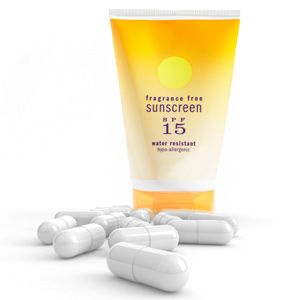You may not want a tan as deep as Paris Hilton's, and you certainly don't need a tan reminiscent of George Hamilton's, but a little bit of color would be nice. Baking in the sun is out because you'll pay for it years later with wrinkles and leathery skin. And tanning beds aren't a healthy alternative because they've been linked to the melanoma, the most dangerous form of skin cancer. [source: American Academy of Dermatology]. Another option is the spray-on tan -- but only if you have a steady hand to prevent streaks. And then there are tanning pills. You might have seen them advertised and thought you'd discovered the perfect way to get that sun-kissed look without risking your health. But are tanning pills safe? And what makes them work?
Tanning pills contain canthaxanthin, a naturally occurring chemical found in many plants and animals. Just as the carotene in carrots can color your skin orange if you eat enough of it, large amounts of canthaxanthin can change the pigment of your skin to a brownish-orange color [source: RxList].
Advertisement
Now that you know how tanning pills work by coloring your skin from the inside out, read on to learn more about canthaxanthin and how it gets from a pill to your skin.


